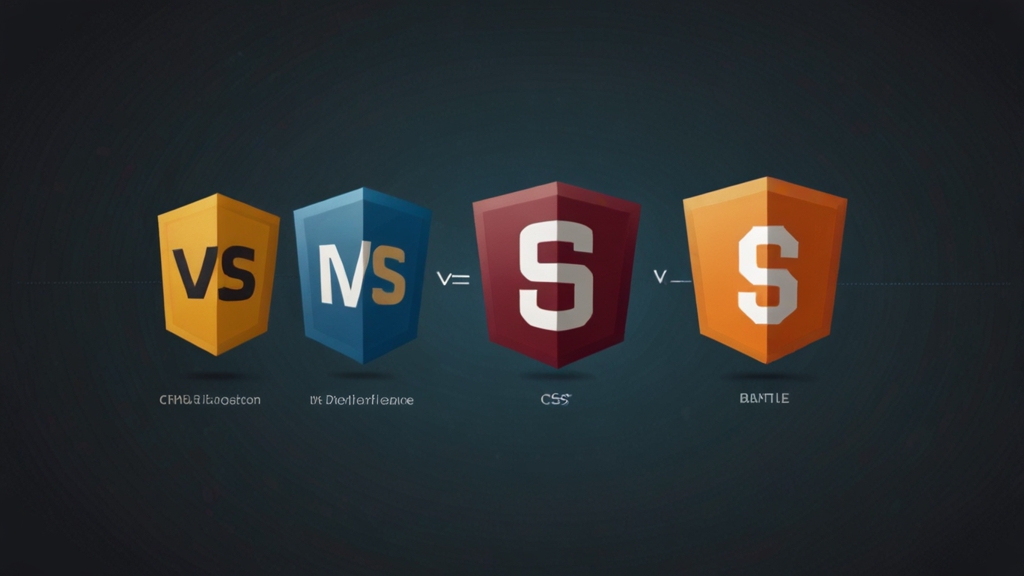Mastering Full Stack Development: Your Roadmap to Success
Full stack development is a highly sought-after skill set in today's tech industry. By mastering both front-end and back-end development, you can become a versatile and valuable asset to any team. This article will guide you through the essential steps and best practices to become a successful full stack developer.
Understanding Full Stack Development
Full stack development refers to the practice of working on both the client-side (front-end) and server-side (back-end) portions of a web application. A full stack developer is proficient in multiple technologies and frameworks that work together to create a cohesive, fully-functional application.
Step 1: Master the Basics of Web Development
Before diving into full stack development, it’s crucial to have a strong foundation in the basics of web development. This includes HTML, CSS, and JavaScript. These three technologies form the backbone of any web application.
"The way to get started is to quit talking and begin doing." — Walt Disney
Step 2: Learn Front-End Technologies
Once you are comfortable with the basics, it's time to dive deeper into front-end development. Here are some essential technologies and frameworks to focus on:
- Frameworks and Libraries: React, Angular, or Vue.js offer powerful tools for building dynamic, responsive user interfaces.
- CSS Preprocessors: Sass or LESS to make your CSS more manageable and efficient.
- Build Tools: Webpack, Gulp, or npm scripts to streamline your development process.
Step 3: Dive into Back-End Development
After mastering the front-end, shift your focus to the back-end. You'll need to learn server-side languages and frameworks, as well as how to work with databases:
- Server-Side Languages: JavaScript (Node.js), Python, Ruby, PHP, or Java.
- Frameworks: Express (for Node.js), Django (Python), Ruby on Rails, Laravel (PHP), or Spring (Java).
- Databases: SQL databases like MySQL or PostgreSQL, and NoSQL databases like MongoDB.
"Learning never exhausts the mind." — Leonardo da Vinci
Step 4: Understand Version Control
Version control systems like Git are indispensable tools for developers. They allow you to track changes to your codebase, collaborate with other developers, and manage project versions. Platforms like GitHub or GitLab further facilitate collaboration and code sharing.
Step 5: Learn Deployment and DevOps
Understanding how to deploy applications and manage server environments is a critical skill for full stack developers. Here are some areas to focus on:
- Hosting Services: AWS, Google Cloud, Microsoft Azure, or Heroku.
- Containerization: Docker and Kubernetes for managing containers and orchestrations.
- CI/CD Pipelines: Jenkins, CircleCI, or Travis CI for automating your development and deployment processes.
Step 6: Build Projects and a Portfolio
Learning by doing is the most effective way to master full stack development. Build several projects that showcase your skills across the entire stack. These can range from simple web applications to more complex systems that incorporate various technologies and architectures.
Create a portfolio to display your projects. This not only demonstrates your abilities but also serves as a valuable resource when applying for jobs or freelance opportunities.
"The only way to do great work is to love what you do." — Steve Jobs
Step 7: Keep Learning and Stay Updated
The tech industry is always evolving, and staying updated with the latest trends and technologies is crucial. Follow industry blogs, attend webinars, participate in online forums, and continuously seek out new learning opportunities. This will keep your skills sharp and ensure you remain competitive in the job market.
Conclusion
Mastering full stack development is a challenging but rewarding journey. By following this roadmap and committing to continuous learning, you can develop a comprehensive skill set that makes you an invaluable member of any development team. Remember, the key to success is persistence, practice, and a passion for technology.





